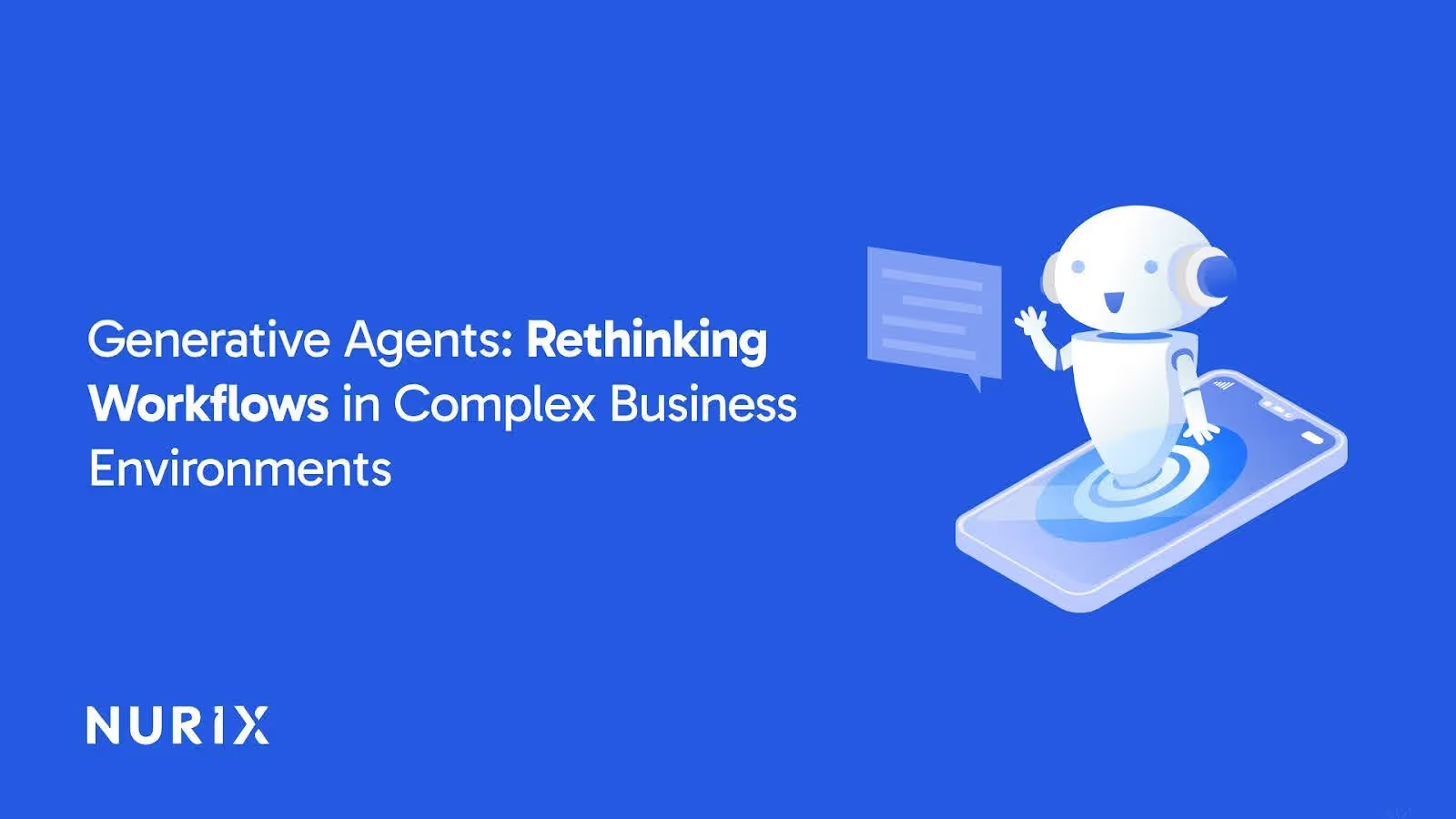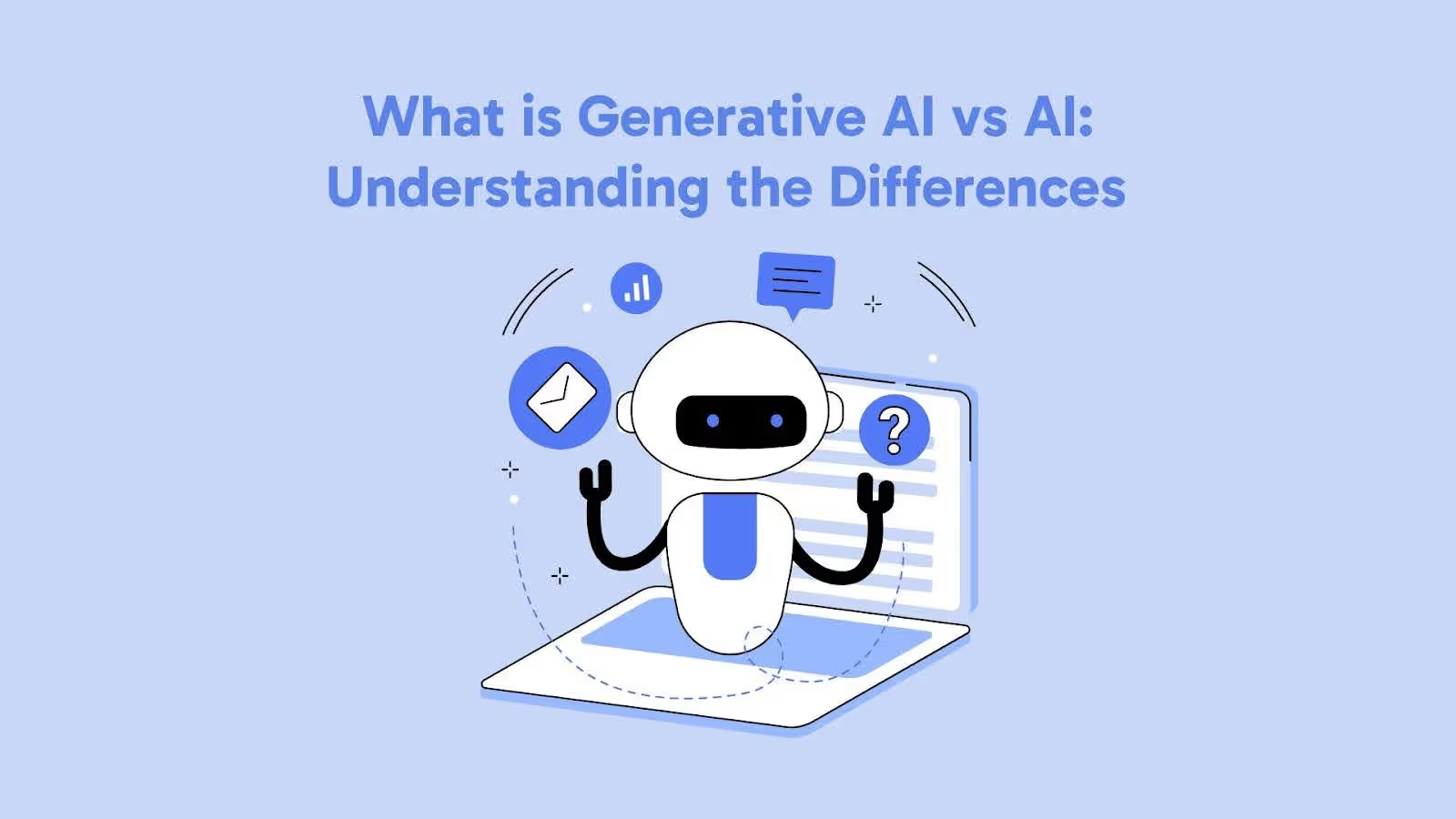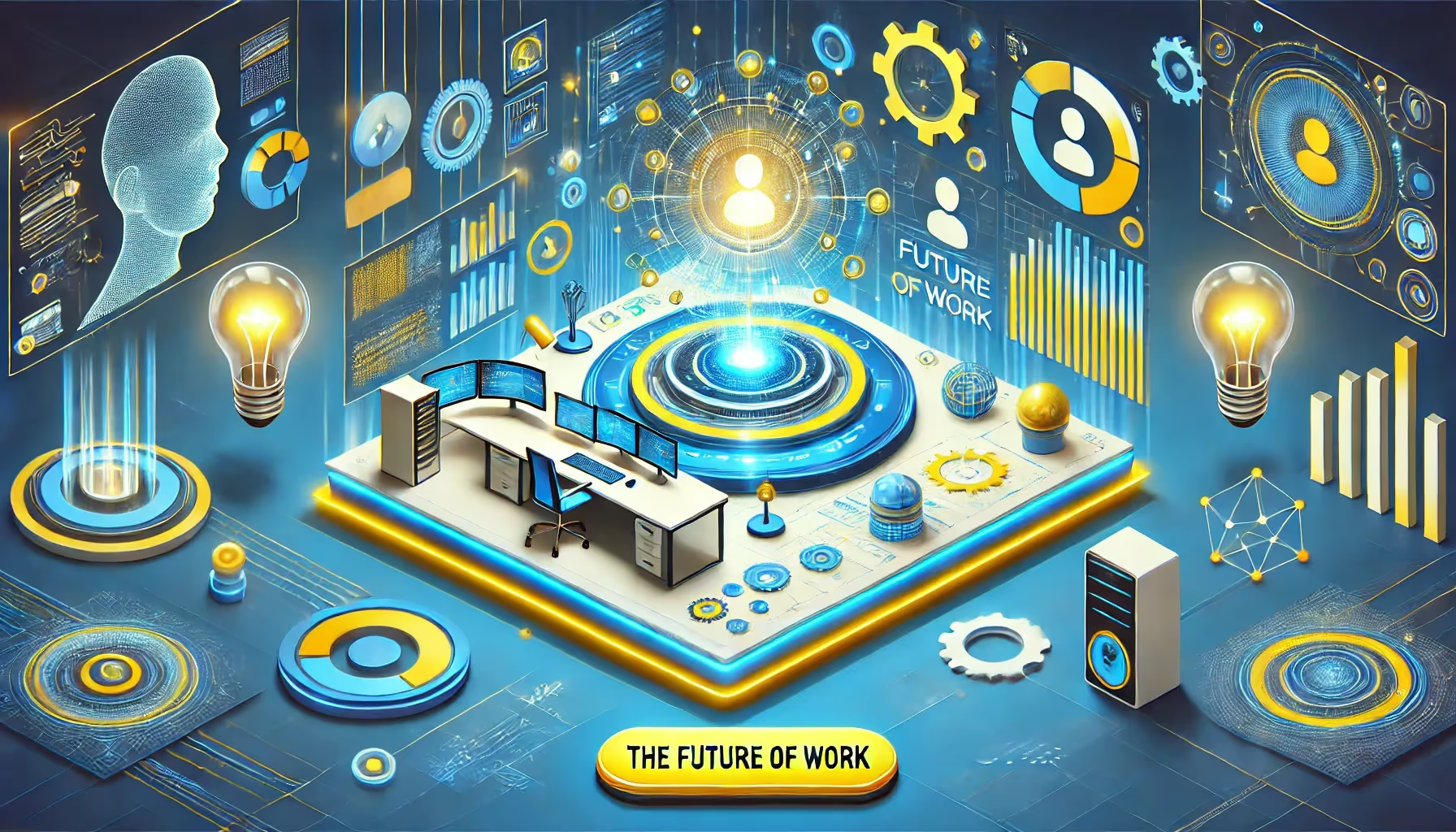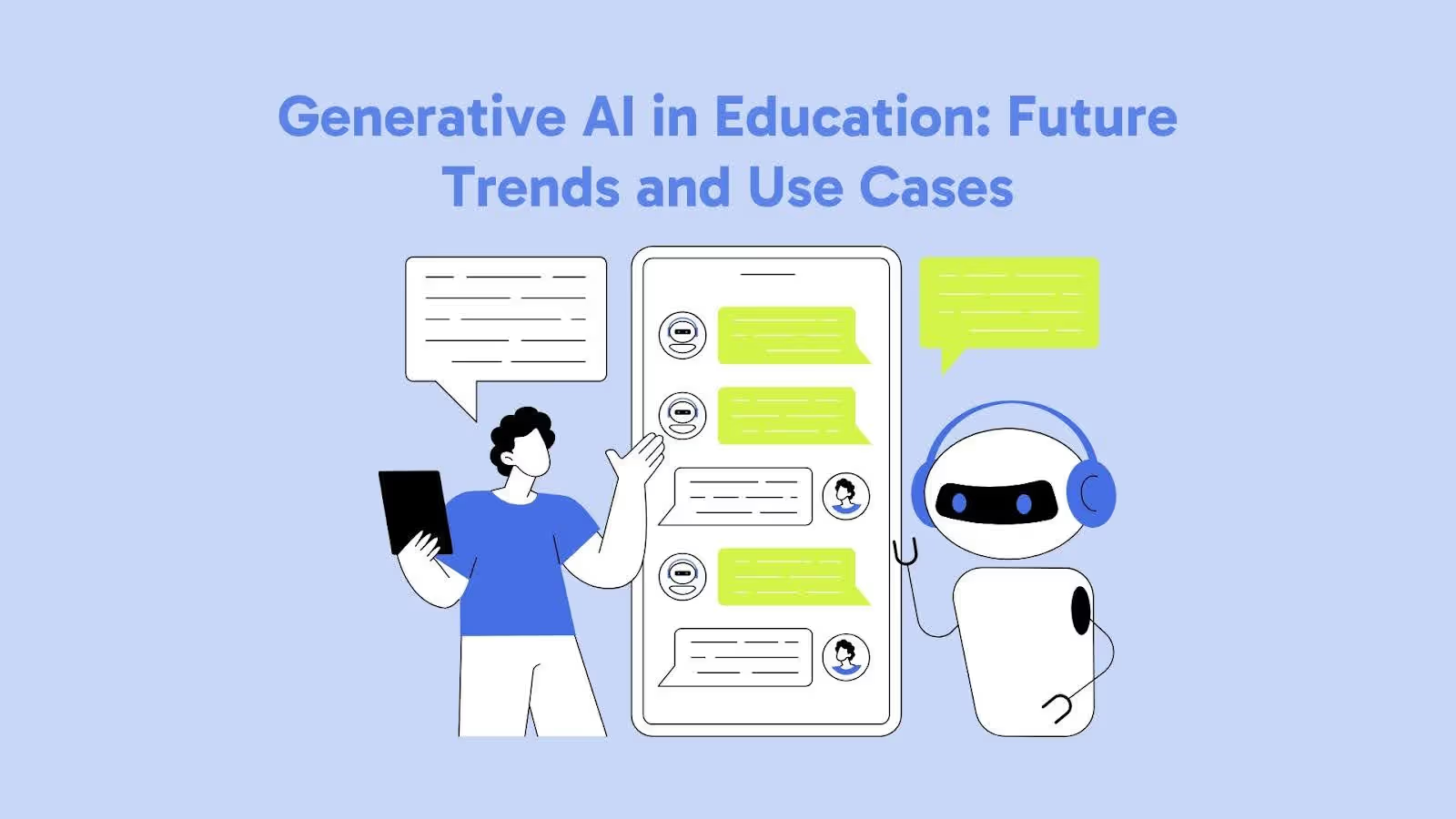This is the question of the hour. With unprecedented focus on automation and vast amounts of code data to train on, what does the future of software development, and more specifically, programming, look like?
As with many AI applications, we must consider what makes Large Language Models (LLMs) performant: pattern recognition and recreation. Generating boilerplate code, performing routine diagnostics, and managing large datasets is often easier for these models than for human developers. However, when context and intuition enter the picture, the playing field begins to level.
Tools like GitHub's Copilot and Google's AlphaCode can generate and auto-suggest code based on comments or existing code. This is achieved in a manner similar to language generation, where the underlying transformer model predicts the most probable next token based on the context it has processed.
Transformers use self-attention mechanisms to process input sequences, allowing them to capture long-range dependencies in code. This is particularly useful in programming, where the context of a variable or function can span hundreds of lines. The key components that make transformers powerful in this domain include:
1. Positional Encoding: Unlike recurrent neural networks, transformers process all input tokens simultaneously. Positional encoding enables the model to understand the sequence of code, crucial for maintaining syntactic correctness.
2. Multi-Head Attention: This mechanism allows the model to focus on different parts of the input simultaneously, capturing relationships between distant parts of the code.
3. Feed-Forward Networks: These layers process the attention output, enabling the model to capture more complex patterns and relationships in the code.
However, capturing broader system architecture or project-specific requirements remains challenging. While code assistants can make educated guesses about a project's internal structure based on naming conventions and standard practices (like README files and requirements.txt), providing assistance across multiple interdependent code files is still problematic. When it comes to problem-solving, not only are truly novel solutions beyond the current capabilities of LLMs, but they might also inadvertently suggest insecure or outdated coding practices if these are present in the training data.
This situation necessitates a shift towards system design and high-level problem-solving, as elementary routines like API calls and error handling can increasingly be delegated to AI assistants. There's also growing value in learning to craft effective prompts for code generation and refinement.
Emerging challenges include integrating AI-generated code into existing version control workflows, developing mechanisms for AI to explain its code suggestions, creating models that allow for seamless, real-time collaboration with human coders, and ensuring AI coding assistants can operate with low latency, even when integrated into Integrated Development Environments (IDEs).
A more pressing question is whether coding is fundamentally a creative act or more akin to engineering – the application of known principles to solve problems. This becomes crucial as we consider AI's role in programming. If coding is purely about applying known patterns and algorithms, then AI might indeed be capable of replacing human coders. However, if we view coding as a creative process that requires intuition, lateral thinking, and the ability to conceive entirely new approaches, then the role of human programmers remains irreplaceable.
While AI has made remarkable strides in code generation and assistance, it's unlikely to completely replace human coders in the foreseeable future. Instead, we're moving towards a symbiotic relationship between AI and human developers, where each complements the other's strengths. The future of programming lies not in the replacement of human coders, but in the augmentation of human creativity and problem-solving abilities with AI-powered tools.












